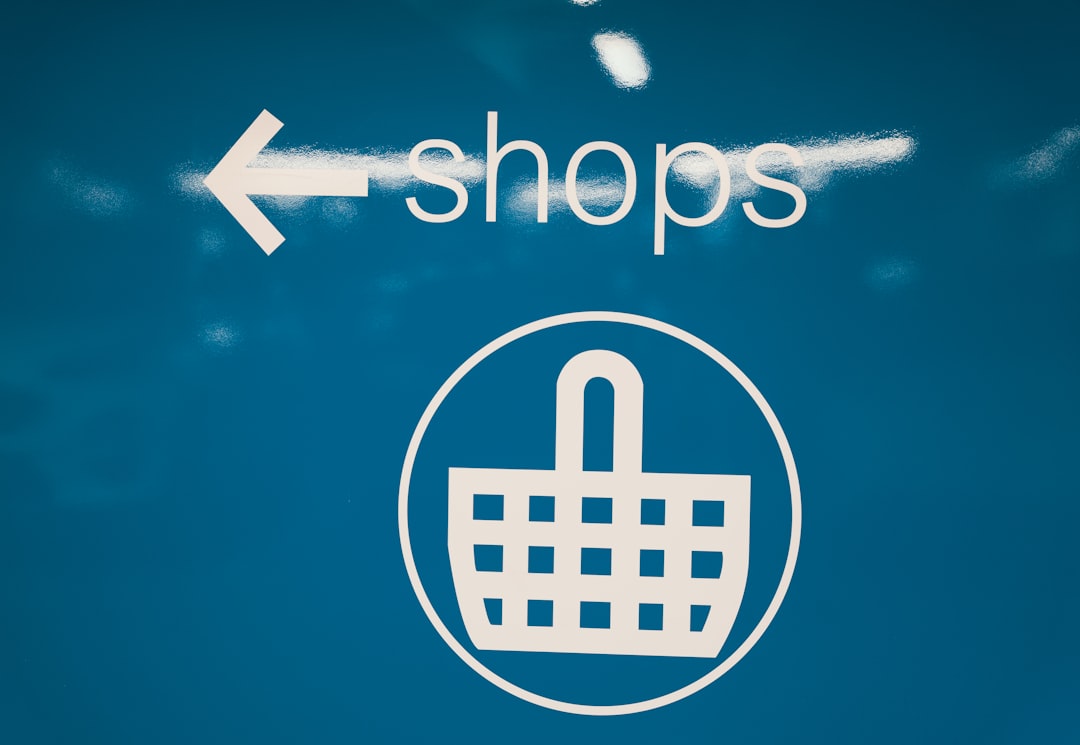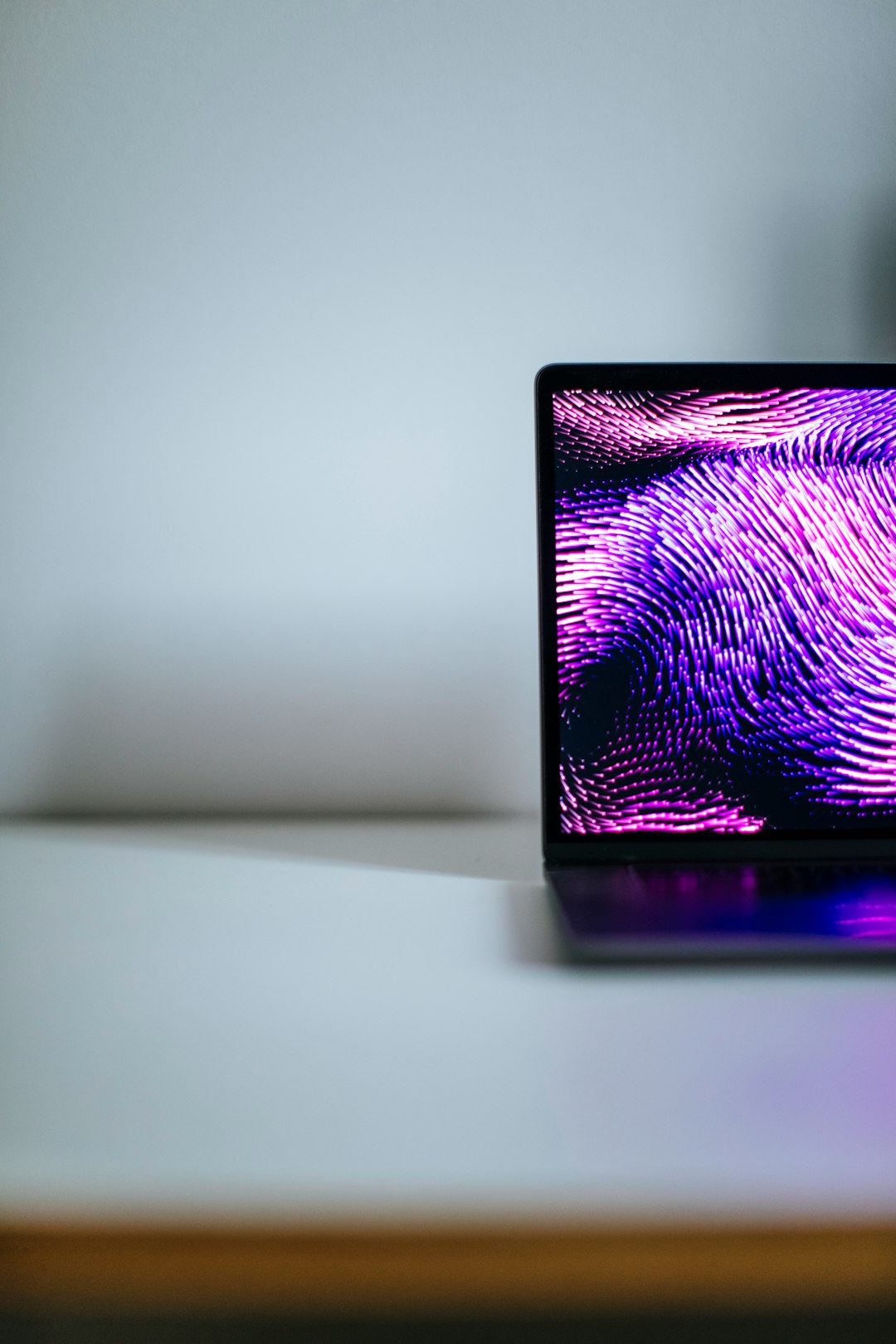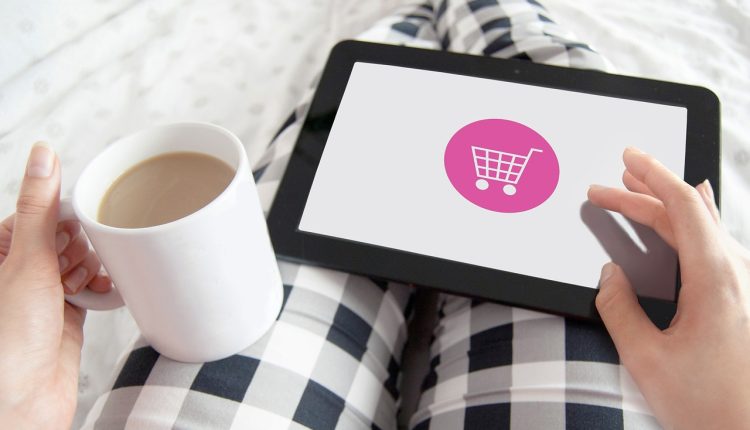What is Strong Customer Authentication (SCA)?
Have you ever paid for something online and had to confirm it twice? Maybe you got a code on your phone. Maybe your bank app popped up to ask if it was really you. That’s not a glitch. It’s called Strong Customer Authentication, or SCA for short.
SCA is all about keeping your money safe. It’s like adding an extra lock on your front door. Hackers and scammers have a hard time breaking through when there’s more than one layer of security.
Why Do We Need SCA?
Shopping online is easy. Maybe too easy. That’s why it’s also easy for fraud to happen. Before rules like SCA, if someone stole your card number, they could buy things online without you knowing. But not anymore.
The European Union made a rule called PSD2. It says banks and businesses must add SCA to most online payments. The goal? Make online shopping safer for everyone.
SCA is now required by law in many places. Especially in Europe. If you’re in the EU or the UK, you’ve probably used SCA already—without even realizing it!
So, What Exactly Is SCA?
When you make a payment, SCA asks you to prove your identity in two different ways. Not just one. Two.
This is called “2-factor authentication” (2FA). Let’s break that down. You need to show proof using two of the following three things:
- Something you know – like a password or PIN
- Something you have – like your phone or a physical card
- Something you are – like your fingerprint or face
Pretty cool, right?
Here’s how that might look in action:
- You buy shoes online using your card (step one)
- You get a code on your phone to confirm the purchase (step two)
Or maybe you log into your bank app with your fingerprint and approve the payment there.

When Does SCA Happen?
SCA kicks in for most payments made online or over the phone. These types of transactions are called “card not present”. Because you’re not swiping or tapping your card physically.
SCA is used during:
- Online purchases
- Bank transfers
- Logging into a banking or payment app
Some transactions are exempt though. That means SCA isn’t always required. For example:
- Low-value payments (usually under €30)
- Recurring payments like subscriptions
- Businesses with high trust and low fraud
But even with exemptions, your bank might still ask for SCA sometimes—just to be safe.
But Wait, Doesn’t SCA Make Things Slower?
SCA can feel like an extra step. It’s true. Clicking around, entering codes, checking your phone—it takes a few more seconds. But think of those seconds as your personal bodyguard.
Would you rather spend five seconds confirming your identity or five hours calling your bank after a fraud attack? We thought so!
Besides, technology is improving. Many companies now use quick and smart ways to apply SCA, so you barely feel it.

How Does SCA Help Me?
Online fraud is no joke. Hackers are clever. But SCA makes their job harder.
SCA protects you by:
- Making it harder to use stolen cards
- Adding strong checks to high-risk payments
- Notifying you sooner if someone tries to hack your account
Even better—many banks now give you real-time alerts. You know when anything weird is happening.
What About Businesses?
If you run an online shop, SCA might seem scary at first. But don’t panic. It’s there to protect you, too.
Here’s why:
- Less fraud means fewer chargebacks
- Customers trust sites that are secure
- Banks may process payments faster when SCA is used correctly
Most payment providers—like Stripe, PayPal, or Square—already have SCA built in. So you don’t have to handle all the tech stuff yourself. Phew!
What Happens If There’s No SCA?
Great question! If a payment doesn’t meet the SCA rules and isn’t exempt, the bank will decline the payment. That means the purchase won’t go through.
Also, if a business keeps skipping SCA, they might see higher failure rates. That’s bad for business and annoying for customers.
Is SCA Only in Europe?
It started in Europe, yes. But other places are watching and learning.
Countries like the United States, Canada, and Australia are slowly rolling out their own security measures. They may not call it SCA, but the idea is similar.
As digital payments grow, more places will join the secure-payment team.
Tips for Smooth SCA
Want to make SCA easier in your day-to-day life? Try these:
- Keep your banking app up to date
- Enable notifications on your phone
- Use fingerprint or face unlock if your phone supports it
- Don’t ignore messages from your bank—they might be SCA prompts
Soon it’ll become second-nature.
The Future of SCA
Authentication is getting smarter. Some day, you might confirm payments just by looking at your phone. No typing, no tapping. Just you being… you!
Biometrics (like your face, eyes, or even voice) are playing a bigger role each year. Combine that with AI and machine learning, and SCA will feel less like a security check and more like magic.
But at its core, SCA is here to protect. It grows and improves as the digital world changes.
Quick Recap
- SCA stands for Strong Customer Authentication
- It’s a security rule that confirms your identity during digital payments
- You need two of: something you know, have, or are
- It helps stop fraud and make online transactions safer
- It’s required mostly in Europe, but spreading globally
Final Thoughts
Strong Customer Authentication might sound like a mouthful. But really, it’s just a digital way of asking, “Are you really you?”
And thanks to SCA, you can shop, bank, and browse with more peace of mind.
Stay safe. Stay smart. And remember: double checks mean double protection!

Comments are closed.